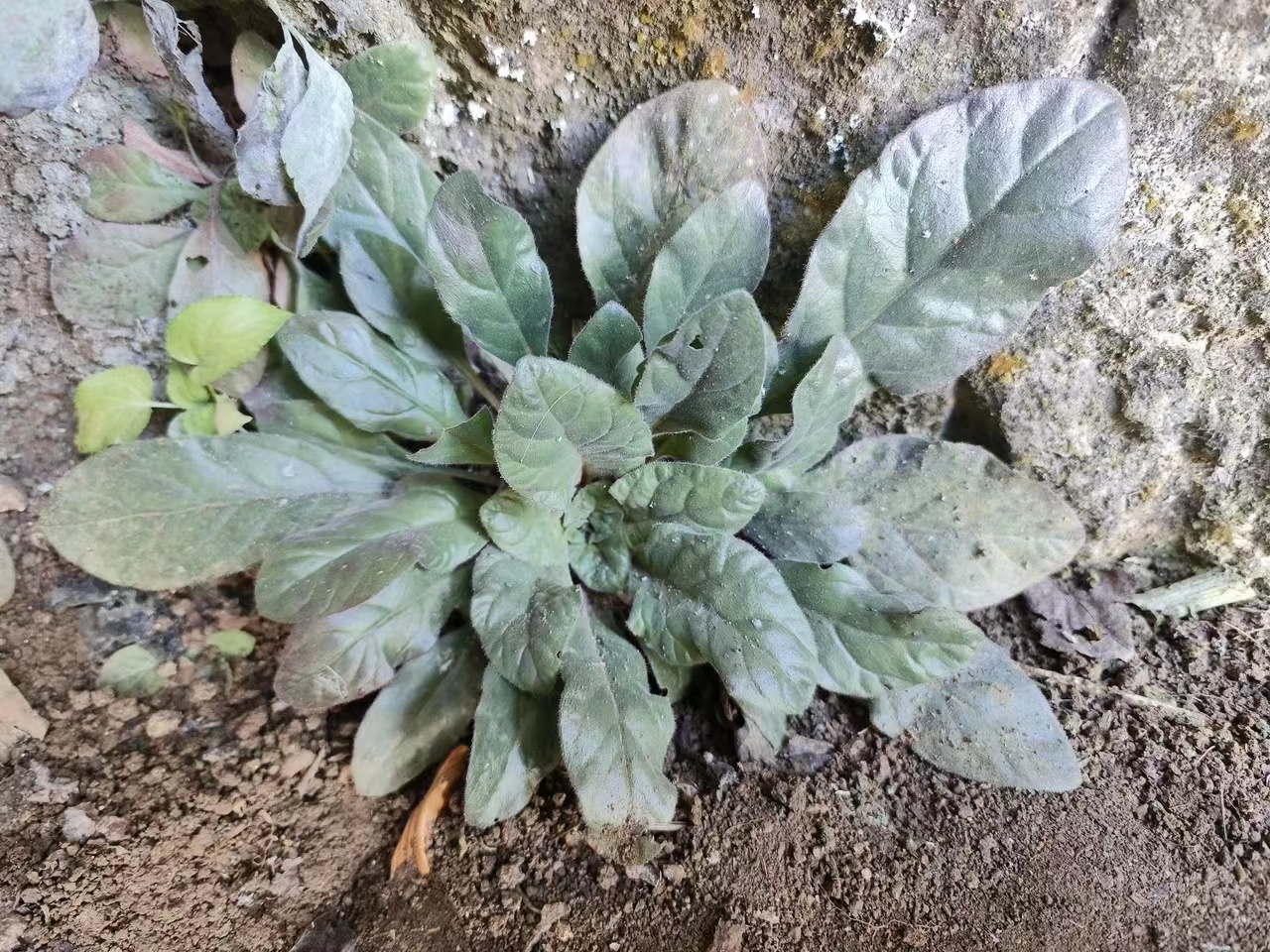
Lysimachia, a genus in the primrose family (Primulaceae) of flowering plants, is characterized by its herbaceous growth habit, entire leaves, and twisted corolla aestivation. It consists of 282 accepted species and six hybrids. Currently, only 9-11 species of Lysimachia have been recorded from Laos.
During the biodiversity survey in Oudomxay Province, northern Laos, researchers from Xishuangbanna Tropical Botanical Garden of the Chinese Academy of Sciences discovered an unidentified Lysimachia species growing on a limestone cliff in a karst cave. They collected specimens during the fruiting season and transplanted the living plants to the garden.
After careful morphological studies, researchers confirmed that the materials represented a species new to science, and named the new species as Lysimachia brevicaulis, referring to the short stem, one of its key characteristics. The study was published in Annales Botanici Fennici.
Lysimachia brevicaulis is a perennial herb of 2-5 cm tall, with dense, long, coarse greyish hairs throughout. It is morphologically close to Vietnamese endemic L. verbascifolia, as both have stems with no stolons, leaves that are spirally congested at the apex of the rhizome, villous leaves and pedicels. However, it can be distinguished from the latter by its underdeveloped stem, small leaf blades, solitary flowers, villous calyx, abaxially reddish brown and puberulent corolla, shorter anthers and styles, and green fruits.
Lysimachia brevicaulis has buzz-pollinated flowers that lack nectars as well as basifixed poricidal anthers that are longer than filaments, which are the distinct features of the subgenus Idiophyton.
This new species is known only from the type locality in Laos, and grows on limestone rock surfaces at the entrance to a cave near a stream.

Lysimachia brevicaulis (Image by TAN Yunhong)

86-10-68597521 (day)
86-10-68597289 (night)

52 Sanlihe Rd., Xicheng District,
Beijing, China (100864)

